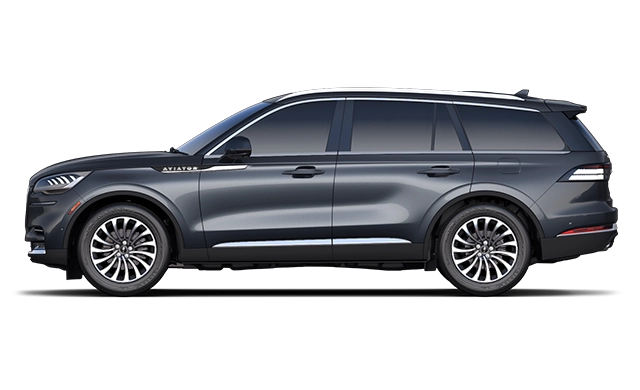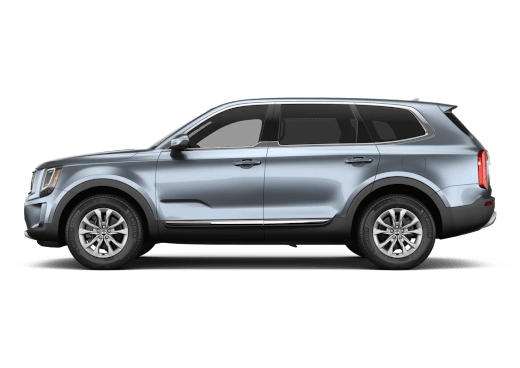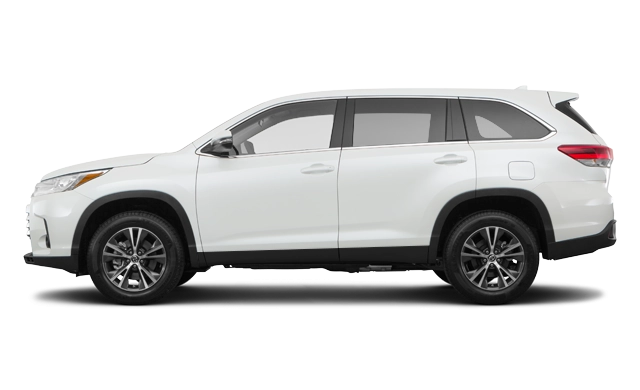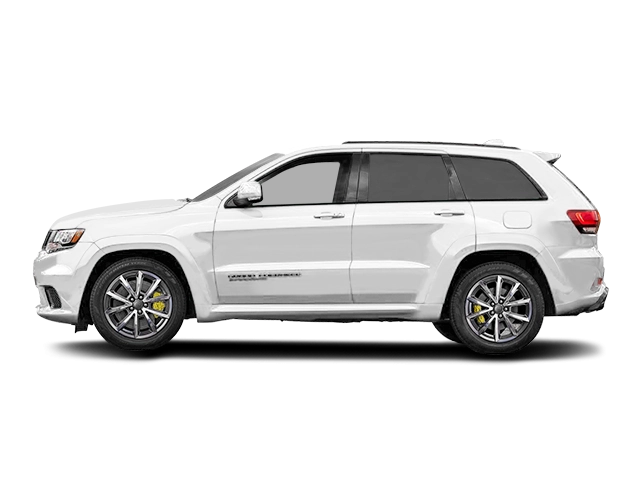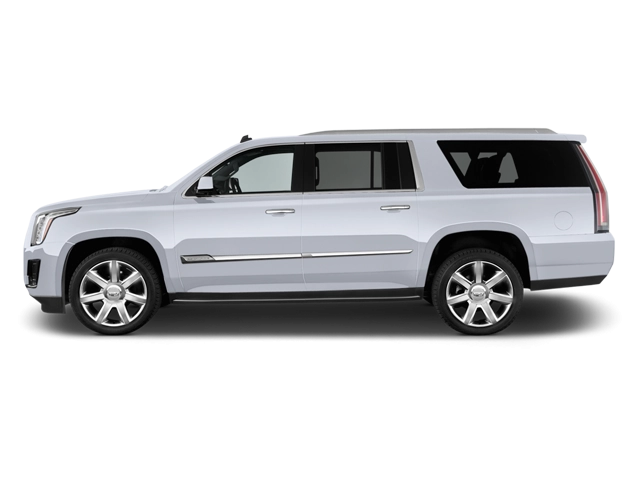Ford Explorer owners manuals
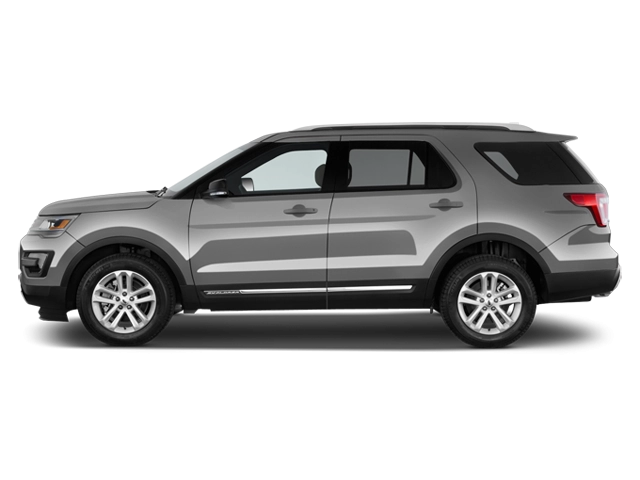
(owner manual)
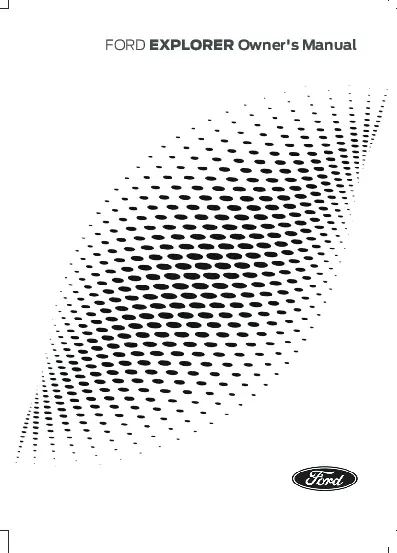
(owner manual)
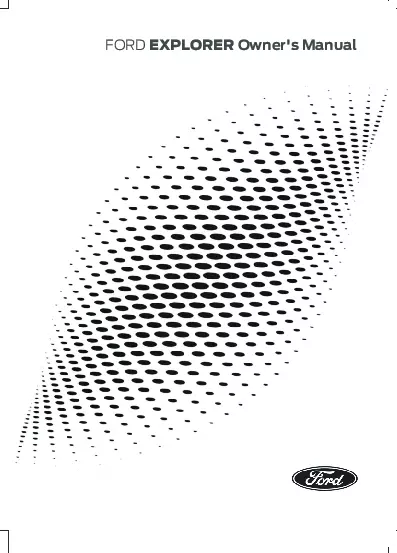
(owner manual)
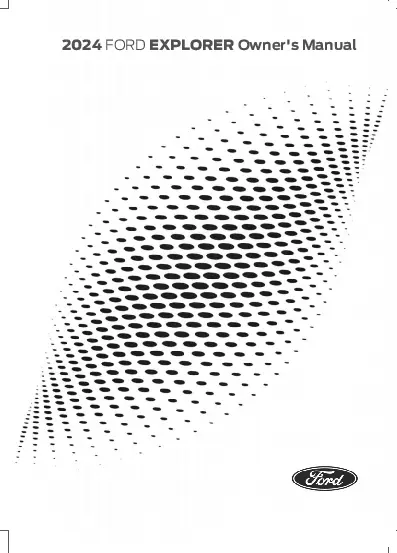
(owner manual)
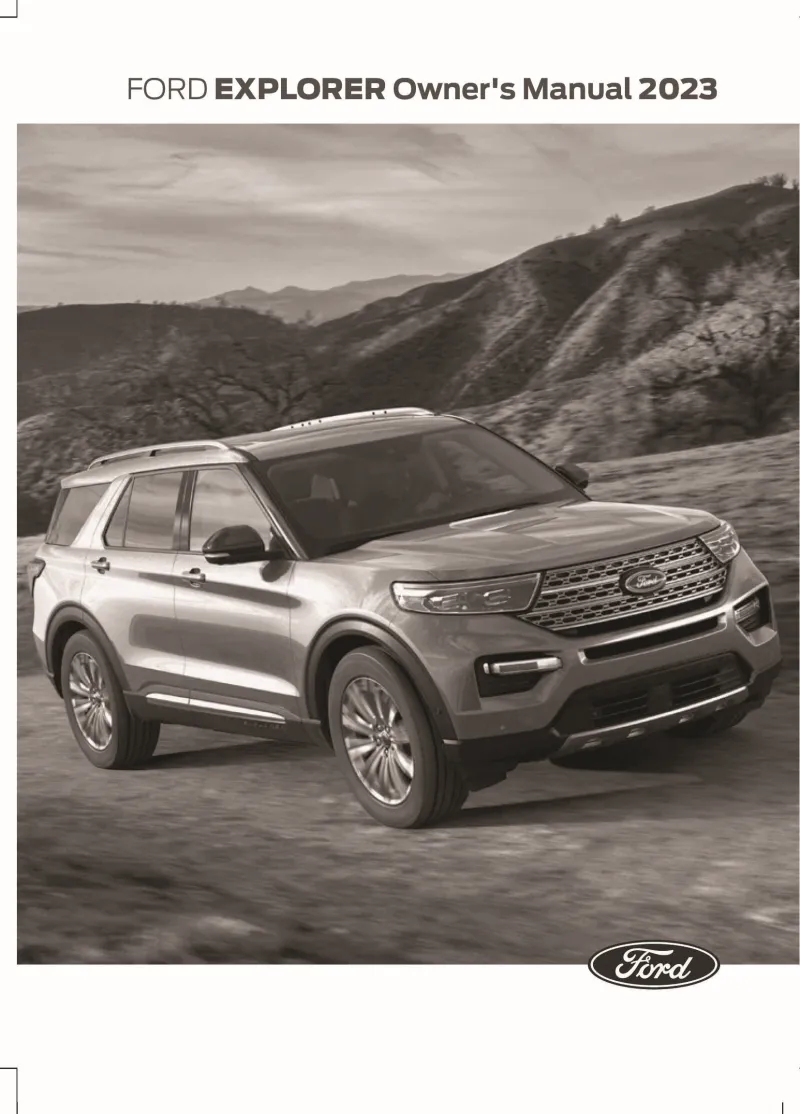
(owner manual)
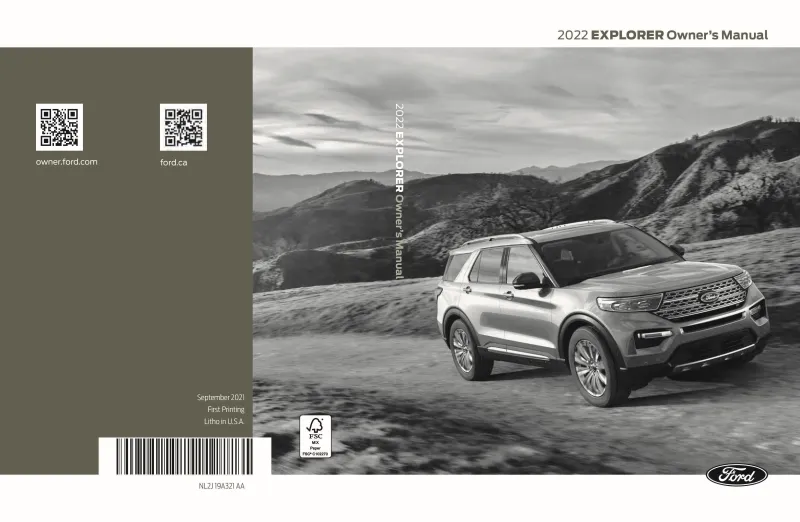
(owner manual)
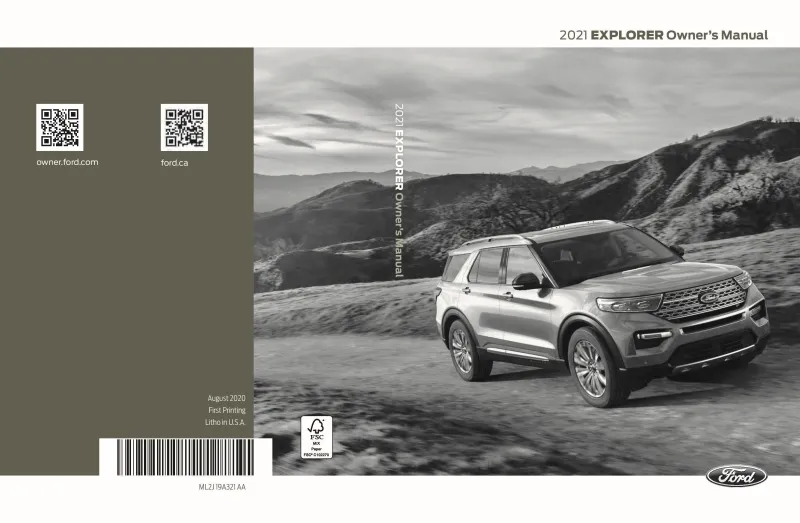
(owner manual)
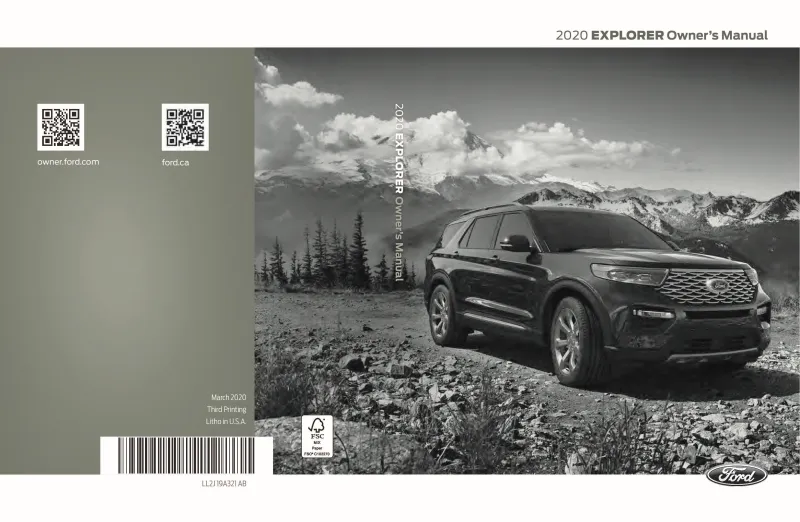
(owner manual)

(owner manual)
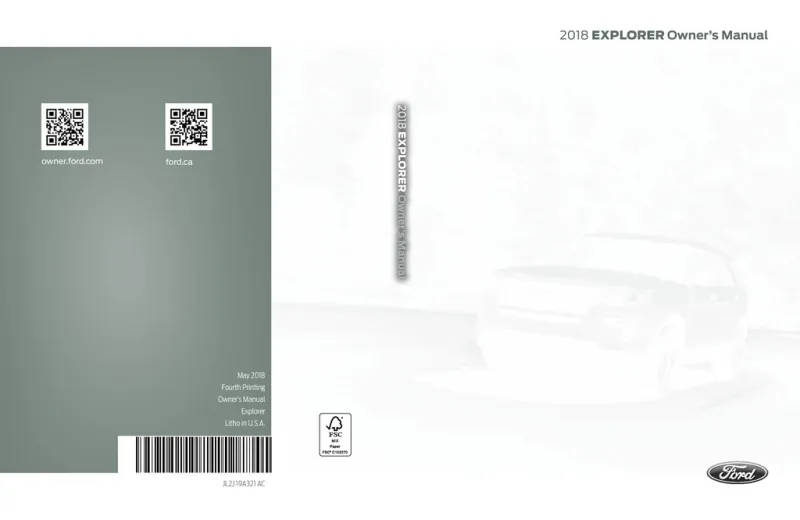
(owner manual)
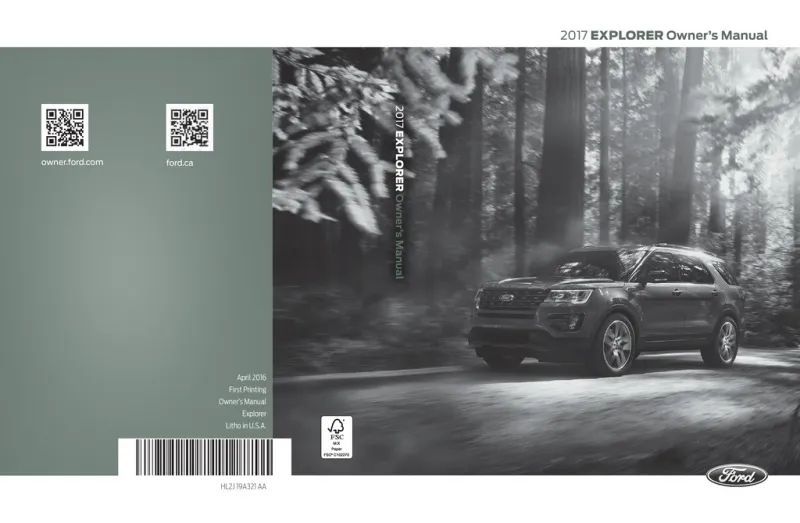
(owner manual)

(owner manual)

(owner manual)
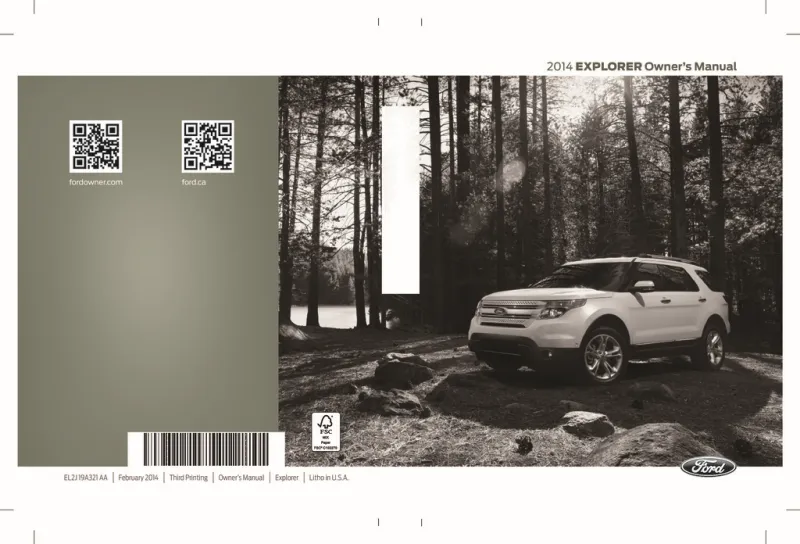
(owner manual)
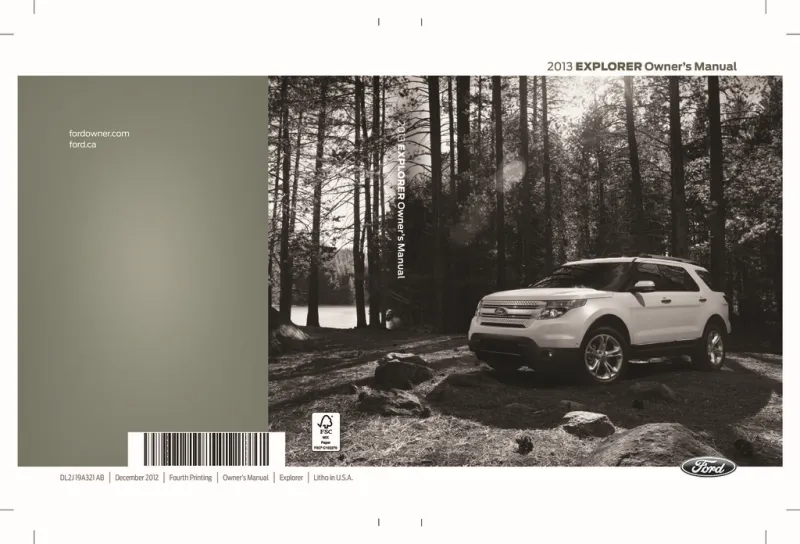
(owner manual)

(owner manual)
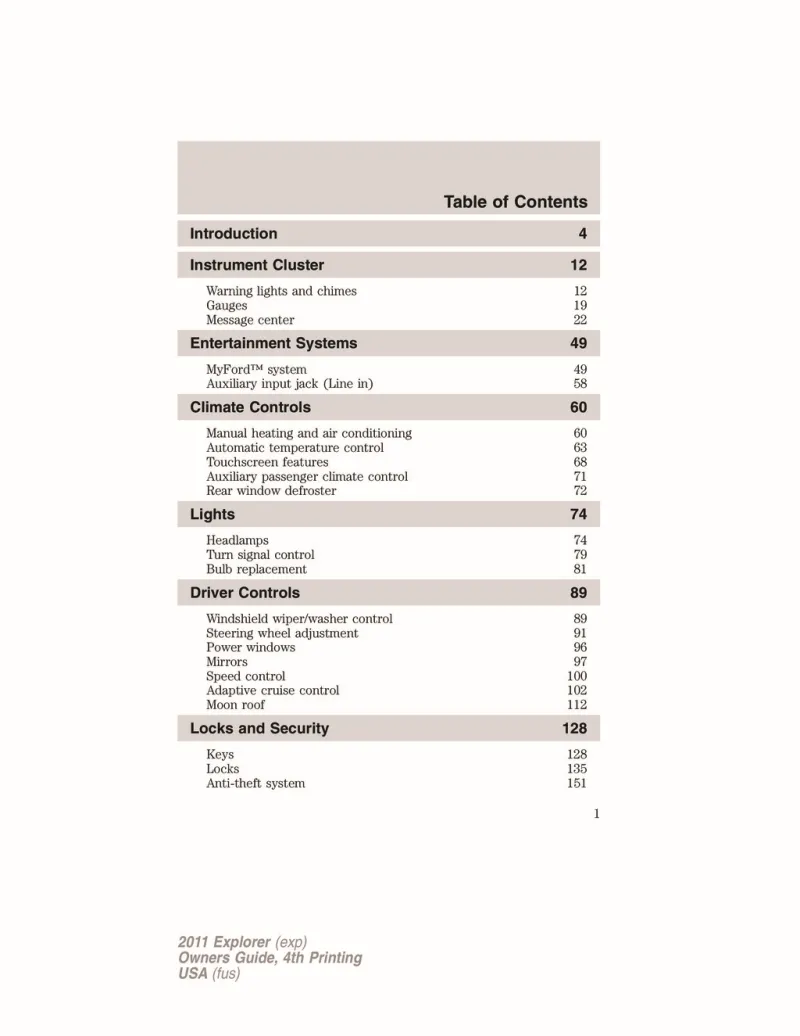
(owner manual)
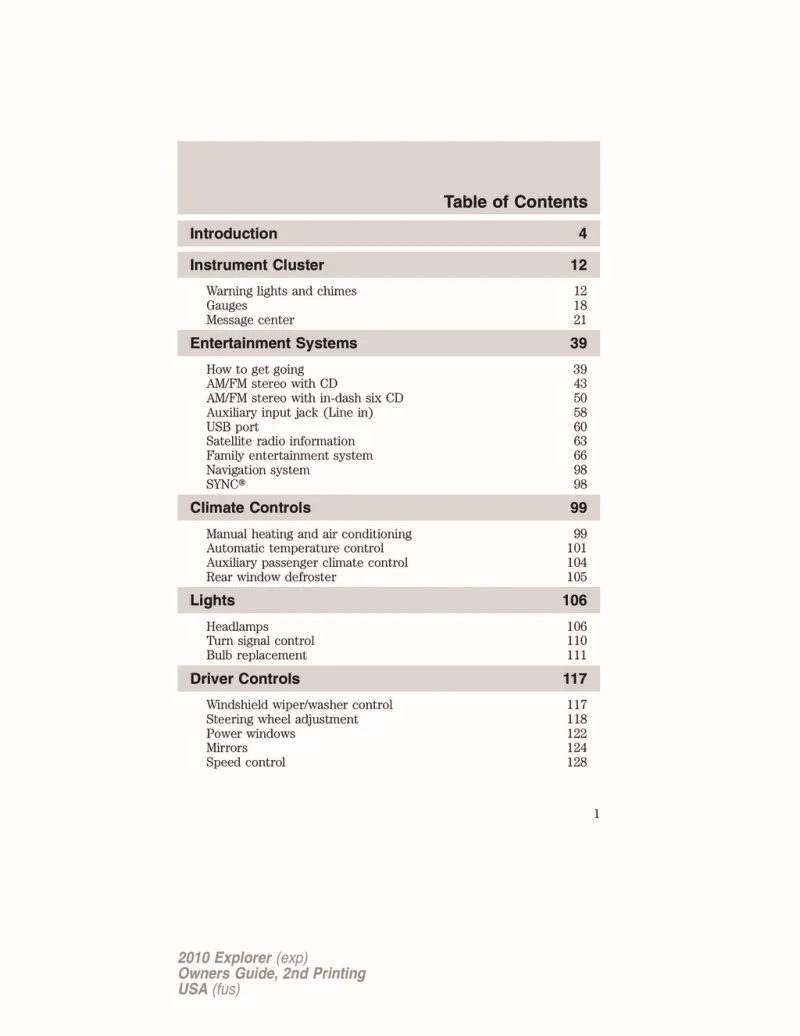
(owner manual)
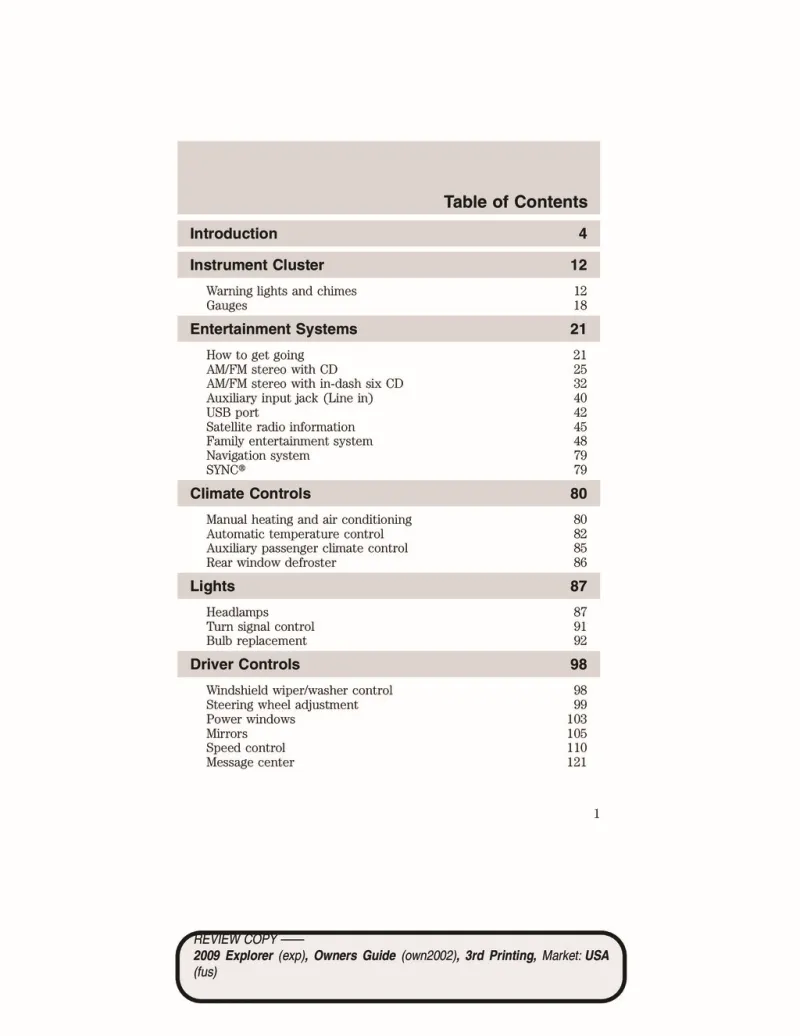
(owner manual)
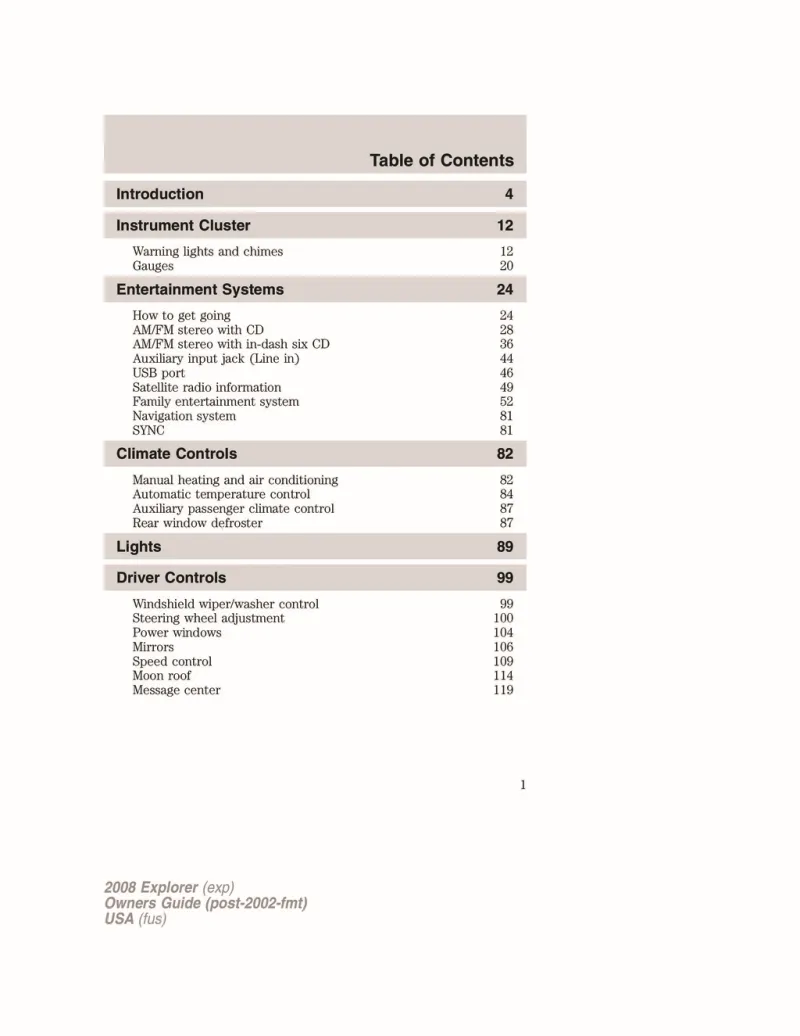
(owner manual)
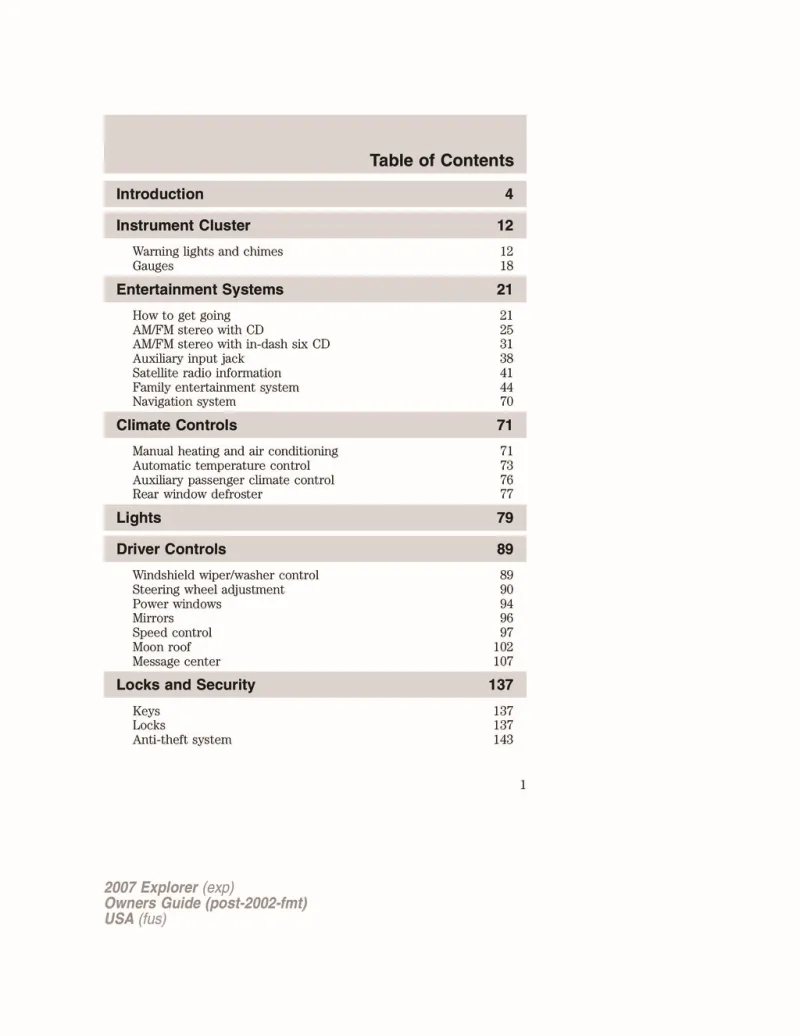
(owner manual)
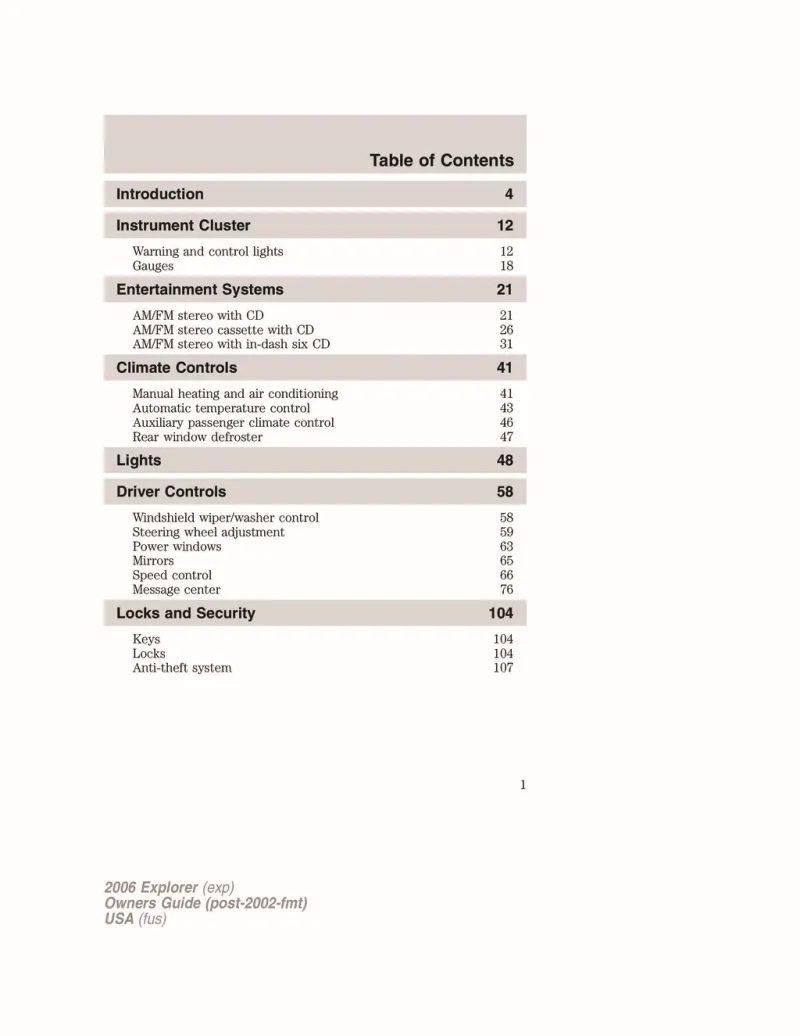
(owner manual)
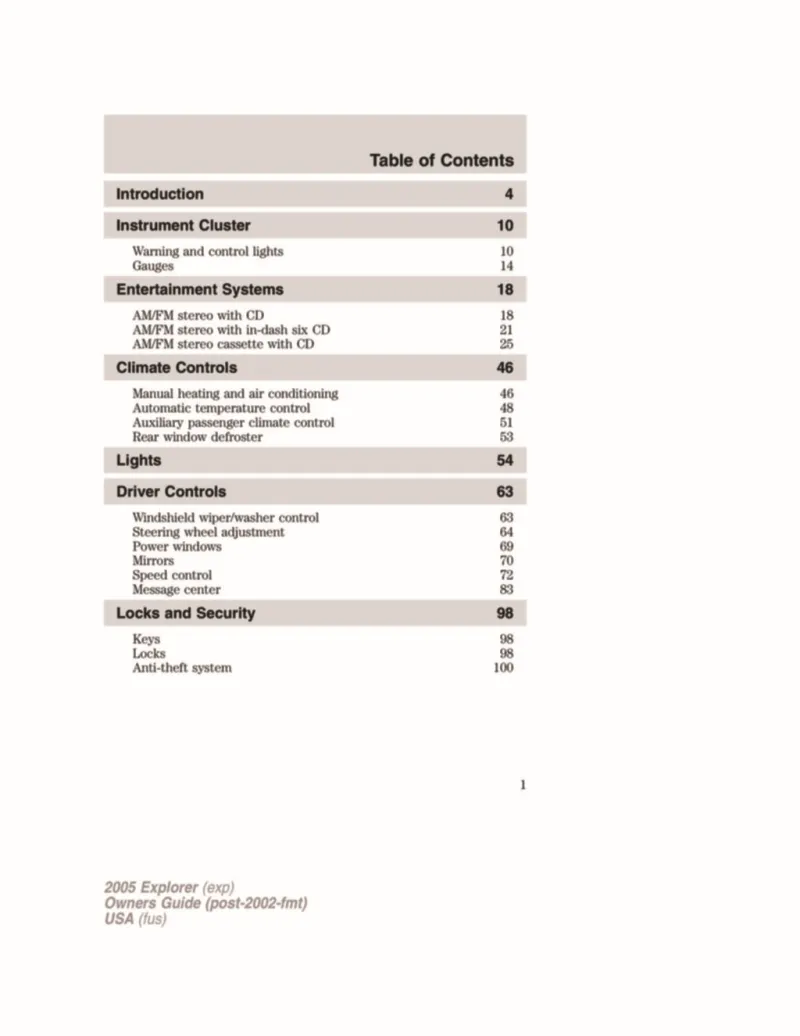
(owner manual)
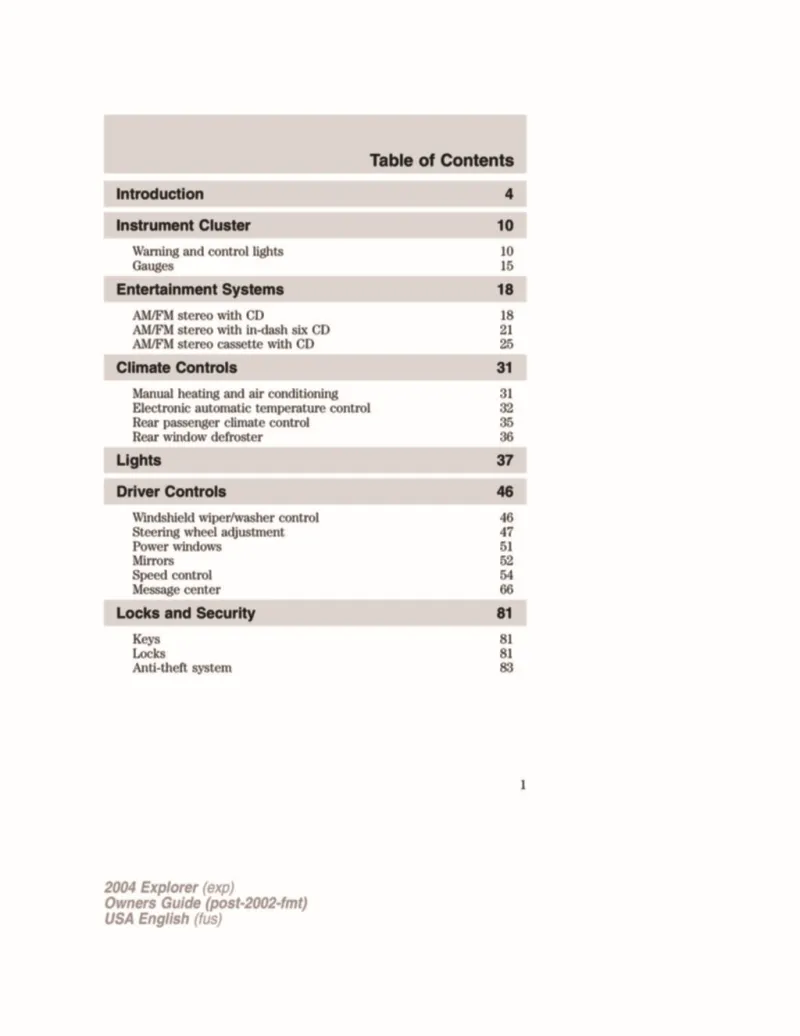
(owner manual)
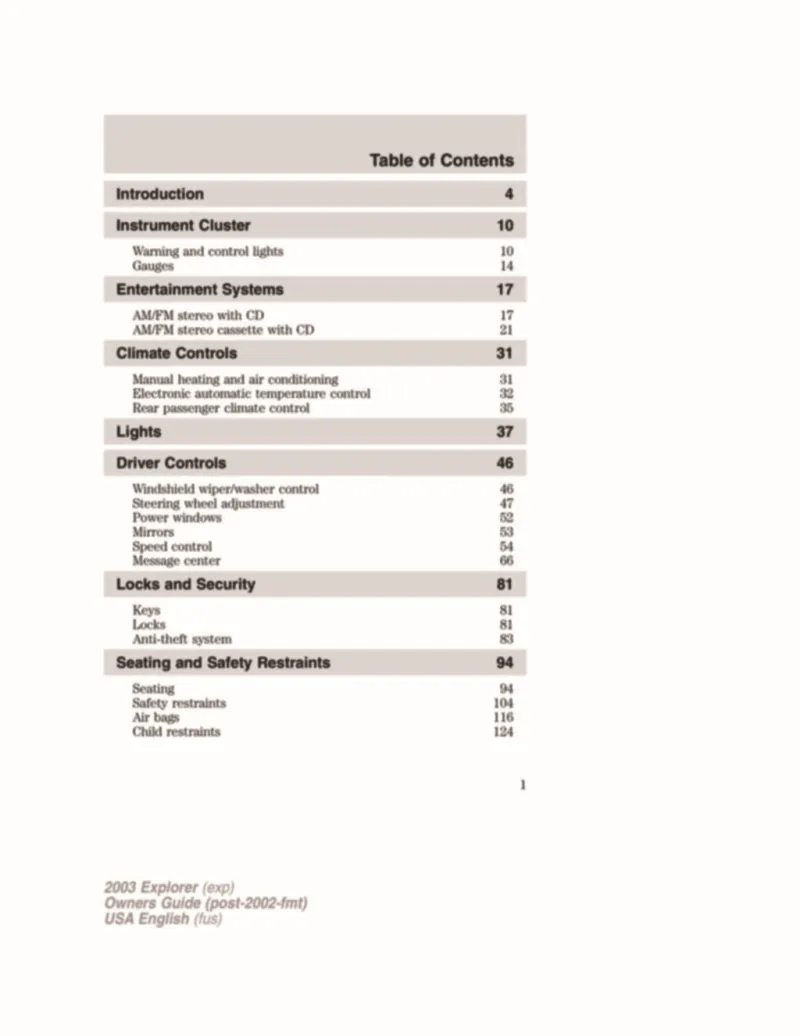
(owner manual)
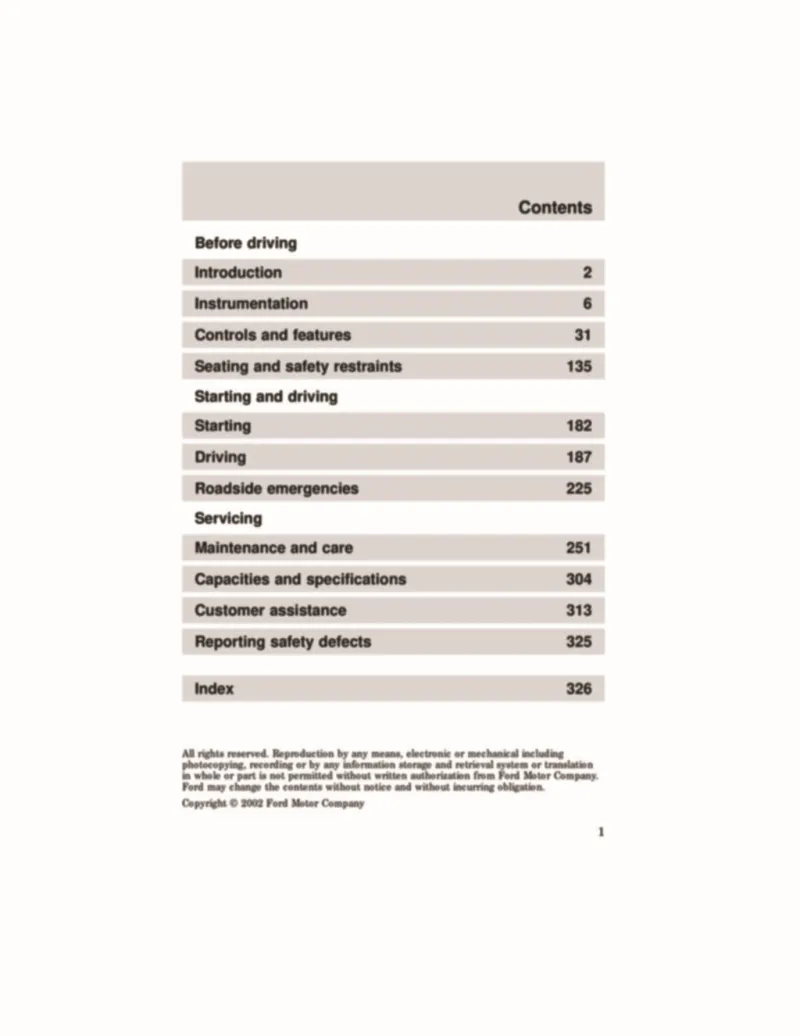
(owner manual)

(owner manual)
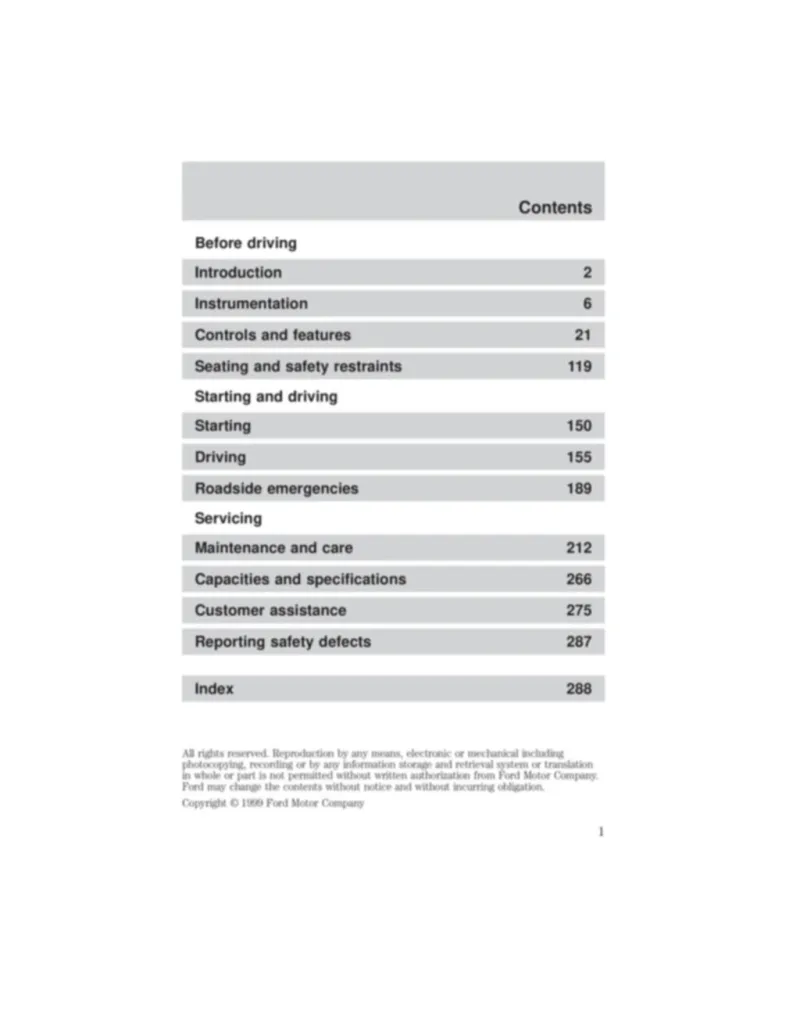
Ford Explorer specs
Owner Manual
The Ford Explorer owner manual is an invaluable resource for understanding your vehicle's features, operation, and maintenance requirements. This comprehensive document provides important safety information, troubleshooting tips, and guidelines for operating your Explorer efficiently. Familiarizing yourself with the owner manual will help you get to know your vehicle better, ensuring a smoother driving experience and promoting safety on the road.
Model Overview
The Ford Explorer is a mid-size SUV that has been a prominent model in Ford's lineup since its introduction in 1990. Known for its rugged capability and family-friendly features, the Explorer offers a spacious interior, advanced technology, and a range of powerful engine options. This SUV has evolved over the years, incorporating modern designs and innovations that cater to a diverse audience, from adventure seekers to busy families.
Trims
The Ford Explorer comes in various trims, each catering to different needs and preferences. Common trims include the base Explorer, XLT, Limited, ST, and Platinum. Each trim offers various features, such as advanced driver assistance systems, upgraded infotainment options, and luxury interior finishes. Depending on the trim, customers can choose from all-wheel drive capabilities, sporty performance options, or enhanced towing capacity, making it crucial to understand what each trim offers in the owner manual.
Known Problems
Like any vehicle, the Ford Explorer may experience some common issues. While most problems are manageable, it's important to be aware of them. Some owners report transmission issues, particularly with earlier models, while others have encountered electrical problems, such as malfunctioning sensors or infotainment system glitches. Reviewing the owner manual can help you identify warning signs, understand potential concerns, and find recommended solutions to address them promptly.
Maintenance Tips
Regular maintenance is essential to keep your Ford Explorer running smoothly. The owner manual usually provides a recommended service schedule, including oil changes, tire rotations, and brake inspections. It’s advisable to check fluid levels frequently, inspect the brakes for wear, and replace air filters as needed. Additionally, following seasonal maintenance tips, such as winter preparations and summer tire care, can help extend your SUV's lifespan and maintain its performance, all of which are detailed in the owner manual.
FAQs
One common question regarding the Ford Explorer is about its fuel efficiency. The owner manual typically outlines fuel recommendations and provides estimates for both city and highway mileage. Another frequently asked question concerns towing capacity; the manual includes specifications based on engine choice and configuration, which is vital for owners planning to use their Explorer for towing. For any other inquiries, the manual serves as a go-to resource, providing troubleshooting tips and essential information about your Ford Explorer.
Ford Explorer PDF owner manual
Ford Explorer competitors
Ford Explorer Manual Questions
Fill the form below and someone will help you!

